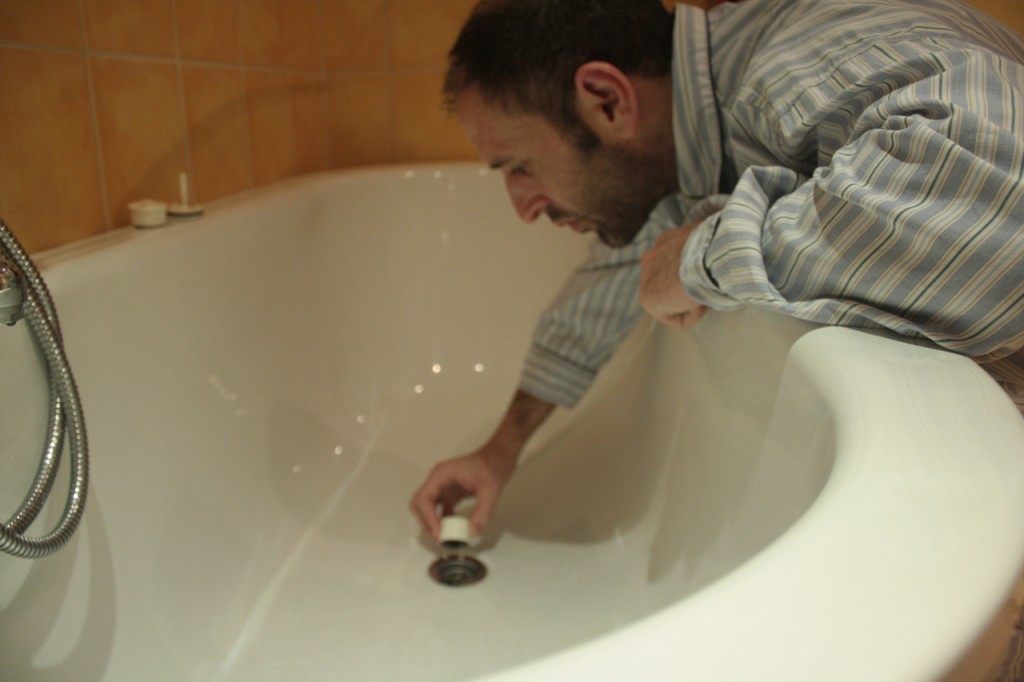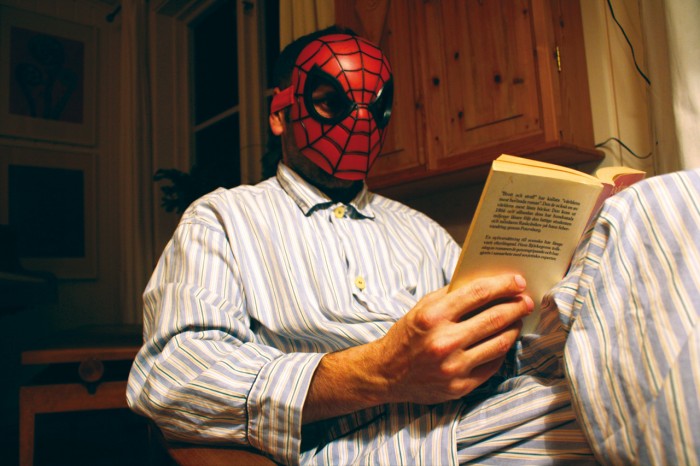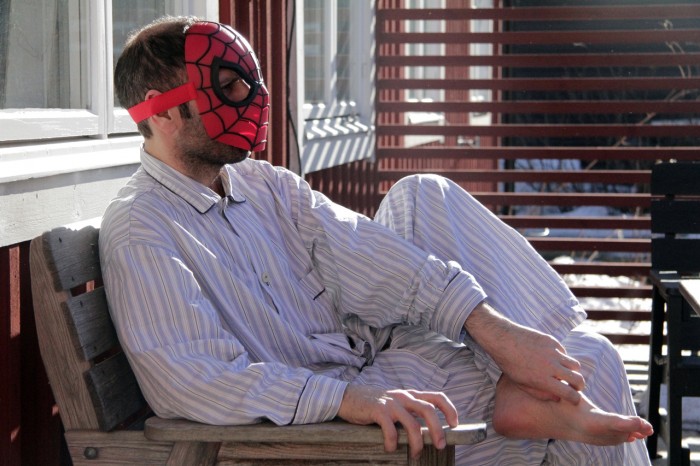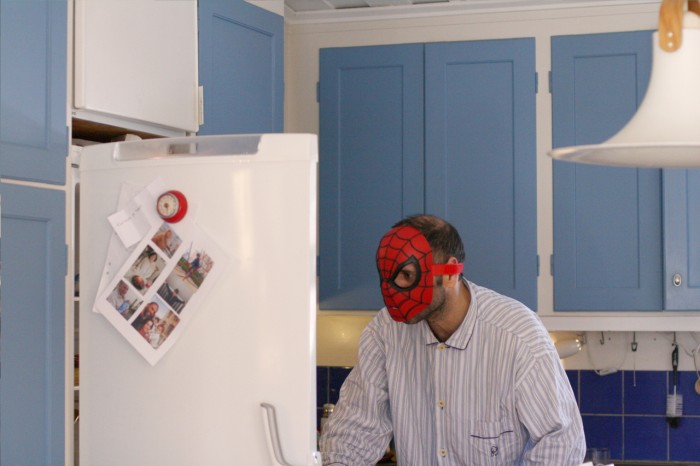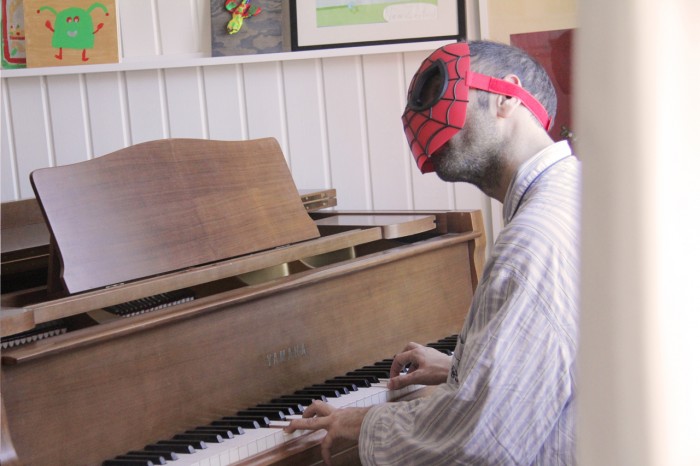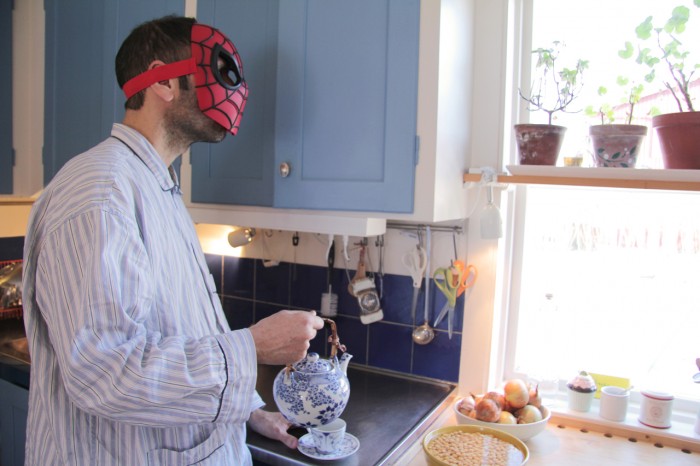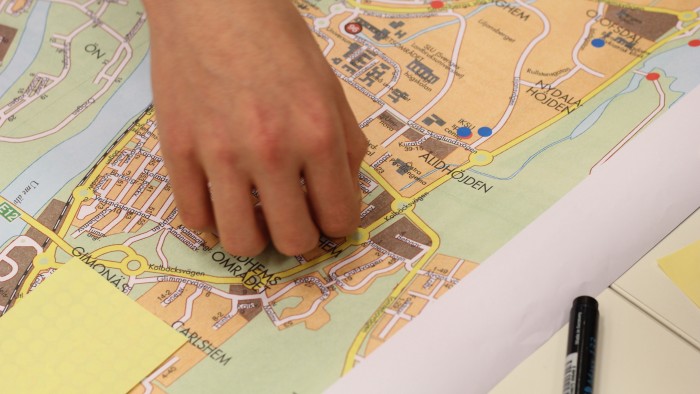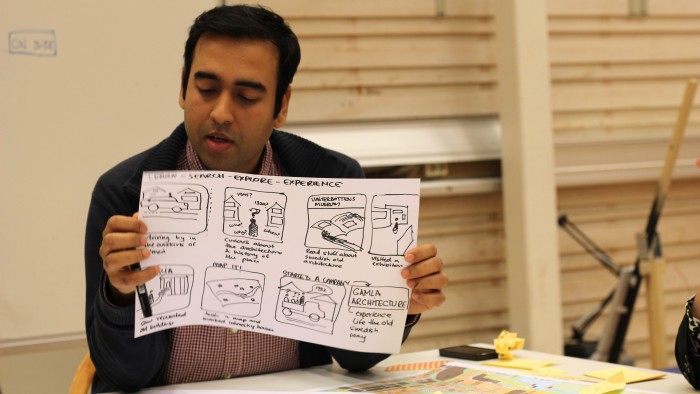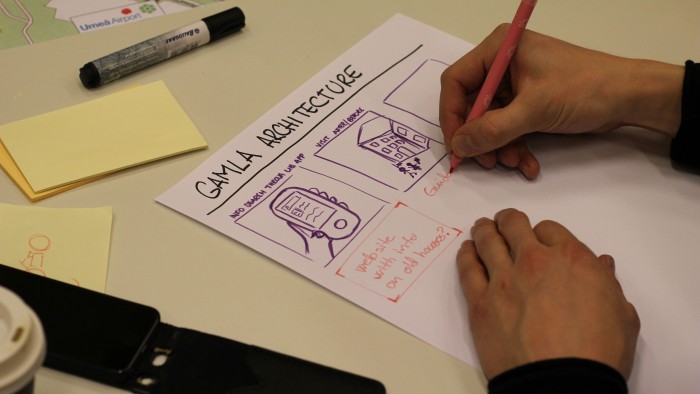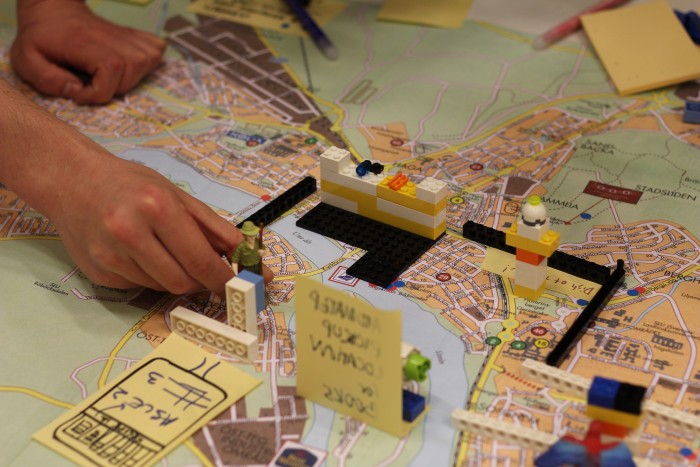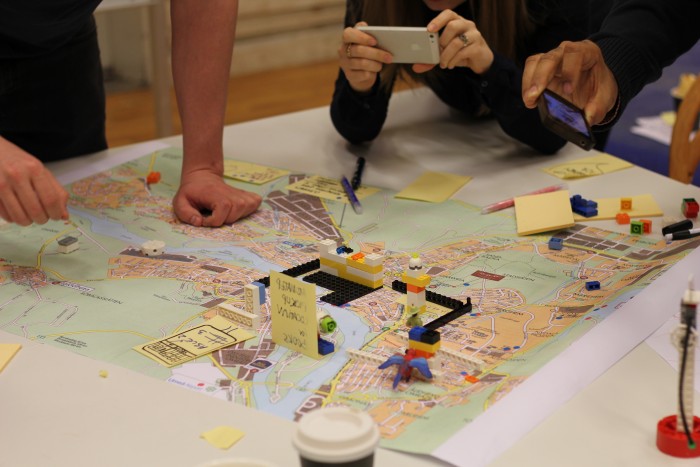Learning is a complex process. How can you explain what you have learned? What happens if you try to visualize it? Can you use quantitative data visualization techniques to explain feelings and emotions? Is it possible to get the whole picture while being able to address the small details? We finally asked ourselves: Is a graph able to tell a story?
Assignment Brief
Can we make people understand the complexity of feelings in a visual way? How much can we mix visual languages?
The purpose of this course was for the students to:
- explore alternative ways, through traditional and new media, to
- visualize and communicate information with focus on Service Design and,
- provide training in running co-creative design processes together with users and stakeholders.
This course consisted of a series of exercises that were examined continuously throughout the course. During five weeks, we worked on Commercial Communication Design, Critical Communication Design and Workshop on workshops.
By the end of this course, we handed in an 8-page visual reflection paper where we would describe, in ca. 75% visuals and 25% text, our personal reflections on:
- The value of Communication Design in Interaction Design practice,
- Challenges and opportunities with Co-Creative Design Processes,
- Other issues you would like to reflect upon
“This is new vs. This, I knew” Data Visualization about Design Process
The following work is my visual reflection for the last deliverable of the course. It was the first time I had to do a visual reflection over a course and, out of personal interest, I chose to do a data visualization. But I tried to avoid the usual cold and data based graphs and approach the exercise as an emotional story about learning. I wanted to show feelings, self development and narratives related to learning and designing.
“Staging the message” with Jan van Toorn
The assignment
The workshop intended to offer us theoretical and practical tools for an editorial approach of visual production. It concentrated on the diversity of means of the critical ‘journalistic’ tradition in media that works in the tension between realistic imitation and self-conscious artifice, i.e. between representation and presentation.
The workshop focused on the editing and meaning building process.
In reaction to the virtual realism of the spectacle dominating mainstream media, which prevents a meaningful use of word and image, the workshop deals with textual, visual and other practices that further more complex and argumentative forms of communication and foregrounds the constructed nature of messages in order to solicit the active interpretation of the viewer/reader. That is why the emphasis is on the potentialities and richness of the ‘reflexive’ or ‘dialogic method’, trying to recuperate the specificity of its projective and emancipatory practice. Taking the social workings of the message as a starting point the workshop focusses on the editing and making process, introducing a method which structures the collecting and editing of information in a way that lays the foundation for the staging, the mise-en-scene of fact and vision to the multiple sensory tracks of the visual.
Discarded proposals
- Hidden messages in everyday objects III
- Hidden messages in everyday objects II
- Hidden messages in everyday objects I
- An everyday hero I
- An everyday hero II
Our solution
In this workshop we learned that we can be critical not only with the content but also the syntax and the language. Working with Mr. van Toorn was an intense experience because it was like learning a new and completely different language. Trying to understand his approach to communication made my own work richer. Watching him work was refreshing. not only because he is full of energy at 84 but because it was amazing seeing how many ideas, references and possibilities he could come up with in just a few seconds.
The work was done in a group integrated by:
- Delphine Carlson
- Thuy Nguyen
- Mariano Velamazán
Workshop on workshops
The assignment
The assignment is to prepare and execute a co-creation workshop based on the below given 3 briefs. Each group is to facilitate one brief, where as the rest of the groups act as participants. Within your groups you can assign roles to the team members (main facilitator + buddy + some as participants).
Our workshop: The future of the Library
After a thorough reading of the brief, we decided to reframe it in order to make the most out of a just 2 hours workshop. We decided to focus on the problem of infrastructure to explore how the library could open itself to the city. We wanted to explore the possibilities of not having to go to the library to search but that the library could come to us offering different findings.
With that goal in mind, we warmed up the workshop with a small debate about the qualities of libraries versus the qualities of software search engines.
We wanted to explore the possibilities of not having to go to the library to search but that the library could come to us offering different findings.
In the first activity, we divided the participants in two groups and offered them a big map of the city of Umeå and other materials like paper, sticky notes, pens, etc. We asked them to place the 4-5 places they visited most often and the 4-5 places they enjoyed the most in the city. Then they had to choose one place from each group of places. The criteria was that an experience of searching or learning had taken place there or that they imagined that could take place there. Finally they had to create a storyboard about that real or imaginary experience of learning or dealing with information.
The second activity started with the participants briefly explaining to each other their storyboards about learning experiences. Then we asked them to ideate different ways in which the library could have been present in those learning moments to support them. The chosen technique was a Piggy Back ideation session. The end of the activity was to make, enact and tell a story about their solution.
Members of the group:
- Delphine Carlson
- Matthias Karg
- Aylin Paypay
- Mariano Velamazán








